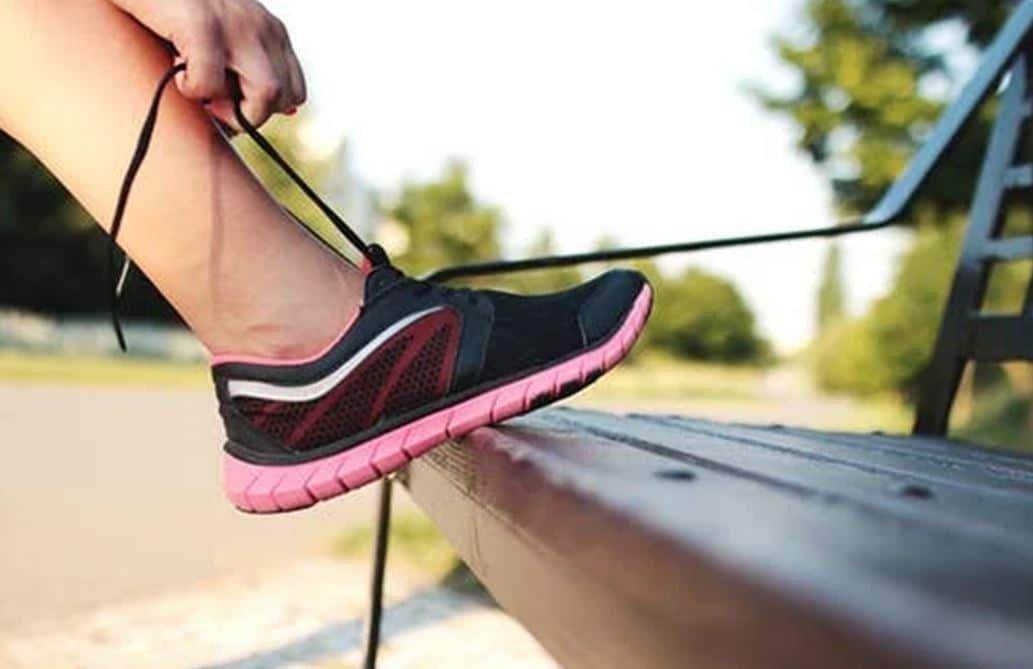Health
9 Tips To Boost Up Your Running Stamina And Strength

A marathon runner to a 10K race participant, running faster and further, is two of the most common fitness enthusiasts’ objectives. When it comes to running long, stamina plays a crucial role in sustaining your physical effort throughout the race. There is no set formula to increase your running strength, but there are a few expert guidelines that can boost your stamina and improve your running.
1. Begin With A Slow Start And Small Steps
Whether you are trying to bump up your speed or want to increase your distance level, one of the essential tips to boost your running is beginning slow. If you are a beginner plan a daily running schedule and increase your range steadily. It is necessary to stay fit throughout your training program, therefore top up your distance level by a mile at the most and remain at that for a week. Gradually increase your speed to avoid any functional shock in your body.
2. Drink Sufficient Water

Remember to consume the required amount of fluid before beginning your running session. Insufficient hydration weakens various systems of your body, which leads to low stamina. Lacking enough fluids will make you stop before your mark or slow your speed drastically. Ensure proper water intake on the day before your running stint. Also, sip some fluids while running if the session goes beyond 30 minutes.
3. Fuel Up With Required Nutrients
If you do not ingest the necessary nutrients before the running session, you’ll lack in strength. Running out of energy midway will slow you down, and you may not achieve your desired goals. But you should not overeat before hitting the ground as this may result in gastrointestinal distress. Eat a balanced diet within 500 calories consisting of easily digestible carbohydrates, proteins, and fats a couple of hours before running. Nutritional supplements like Dianabol Canada can boost muscular strength and provide you prolonged endurance during running.
4. Practice Strength Training

Strength or resistance training is crucial for runners to enhance muscular fitness. It helps strengthen a group of muscles against external resistance. Adding two days of strength training to the weekly routine will positively impact your running economy. Moreover, healthy muscles will minimize the chances of injury. Perform full-body exercises that target the crucial muscle groups such as hip flexors, glutes, quadriceps, hamstrings, and calf muscles.
5. Train For Running Long
Before you try to run faster, learn to hold your body together for long sprints. Beginners should slowly and sustainably top up their mileage while becoming stronger with consistent practice. For example, if you are going to participate in a 5K race, you should begin your 6-week training program by walking 1.5 miles and jogging 1.5 miles in the first week. As you progress, the walking distance should decrease by 20% per week, and the jogging distance should increase by the same proportion.
6. Run With Others

Running with others is a pro tip to increase your running miles without putting too much pressure on you mentally and physically. Experienced trainers suggest that intermediate-level runners can benefit a lot by running in a group. It makes them more accountable and creates constructive peer pressure. Group running also generates a higher tolerance level, boosts motivation, and helps participants with useful advice. Running with others may also become necessary in cold and dark winter months when you need a push from others to get out and brave the weather.
7. Monitor Your Heart Rate
Using your heart rate numbers can help you understand how your body is coping when you are running. While running, your heart rate should remain between 50 and 85 percent of its maximum capacity. If it dips lower, you can increase your pace and achieve better results from your training. Make use of a standard heart rate monitor and tweak your practice accordingly to boost your stamina.
8. Focus On Breathing
Proper breathing is key to every exercise, including running. A significant reason for people losing stamina on the tracks is shortness of breath. Adjusting your breathing can boost strength, lower stress, and improve your endurance. When running fast, people forget to add to the breathing speed, which makes them exhausted. Holding the breath will squeeze empty the energy from your cells, adversely affecting your running session. Practicing yoga may help in solving your breathing issues and also improve your muscle tissue elasticity.
9. Obtain Proper Running Gear

You don’t require the most trendy or expensive outfits for running long distances. But always select the most comfortable shoes and clothing that will not hinder your sprint. Shoes are the most critical element in running, and a suitable shoe can protect you from injuries, reduce the impact of heavy landing, and stabilize your running. Choose your shoes according to the distance and speed of your running. Sometimes running on rocky terrain or slippery slopes require professional shoes that assist in seamless direction changes. A waterproof wristwatch, a pulse monitor, and a step tracker could be welcome additions as well.
Final Words
While you work tirelessly to boost your running strength and stamina, it is worth remembering that such improvement takes time. Following a fixed plan and remaining consistent is crucial for reaching your goals. Once you begin taking note of the tips mentioned above, you will be able to run longer and faster.














